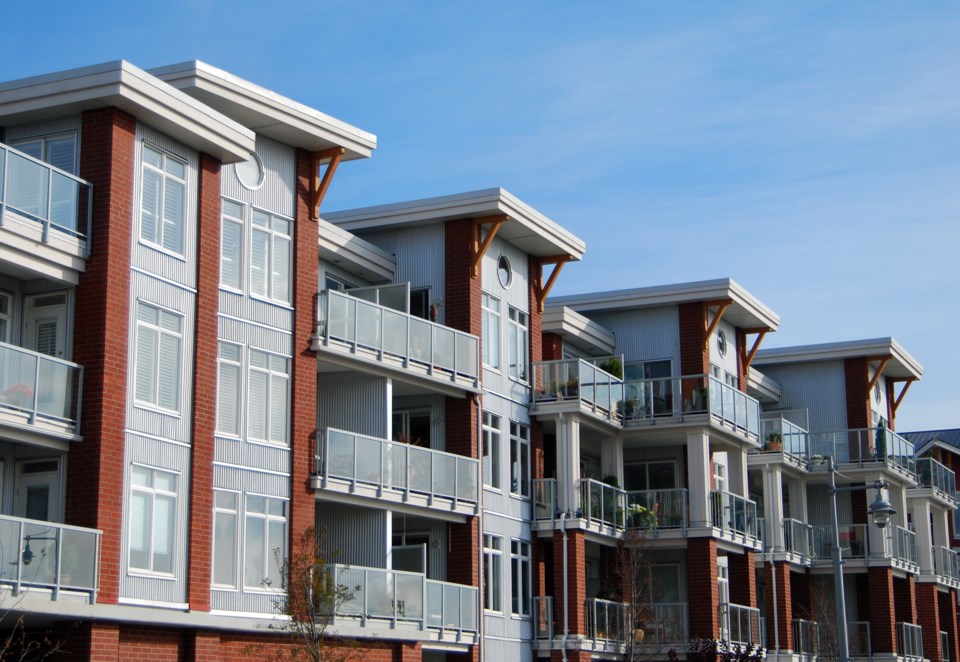In the last months of 2022, Vancouver's unaffordability when buying a home was "off the charts" and the highest across saąúĽĘ´«Ă˝, according to a recent RBC housing trends and affordability report.
RBC's aggregate affordability measure for Vancouver at this time is 98.1 per cent, the highest ever recorded for any market in saąúĽĘ´«Ă˝, according to Robert Hogue, assistant chief economist at RBC and author of the report. Vancouver typically has an affordability measure of 70 per cent, according to Brendon Odmundson, the chief economist at the British Columbia Real Estate Association (BCREA),
The measure is based on the percentage of income a typical household, with a median income, would spend on home ownership costs, Hogue said. Across saąúĽĘ´«Ă˝, the measure increased for the ninth-straight quarter to 62.8 per cent, according to the report.
While the number is indicative of how unaffordable Vancouver is compared to the rest of saąúĽĘ´«Ă˝, it is not a literal representation of what is happening in the market, said Ogmundson.
"A lot of it is the construction of the index itself. Nobody is spending, obviously, 98 per cent of their income on housing," Ogmundson said. "If you have a median income in Vancouver, it's very difficult to afford homes here, which is what it's telling you. The reason why it's so high right now is because rates are at their highest level in 20 years, and prices, especially, have barely come down from where they peaked during the pandemic in February 2022."
As of February 2023, the average MLS price for a residential property in Greater Vancouver is $1,219,919 — a 9.2 per cent decline from the market peak one year prior, according to the BCREA.
"When you calculate what an average payment would be based on current rates and current prices, incomes haven't grown at the same pace, then you get an affordability measure that looks like this," Ogmundson said.
According to the RBC report, an encouraging sign for Vancouver is that the measure increased slower in the fourth quarter of 2022. It rose 2.8 per cent or "close to half the rate in the previous four quarters."
Both Ogmundson and the report note that this is indicative that the end of 2022 was the peak level of unaffordability.
"[Prices are] obviously not back to where they were a year ago, but they have stopped falling, which is a good indication that the market has bottomed. Sales are up month over month in most markets as well in the last couple of months. So it seems like, after basically a year of declines, the market is starting to turn. It'll probably be a slow grind back to normal," said Ogmundson.



